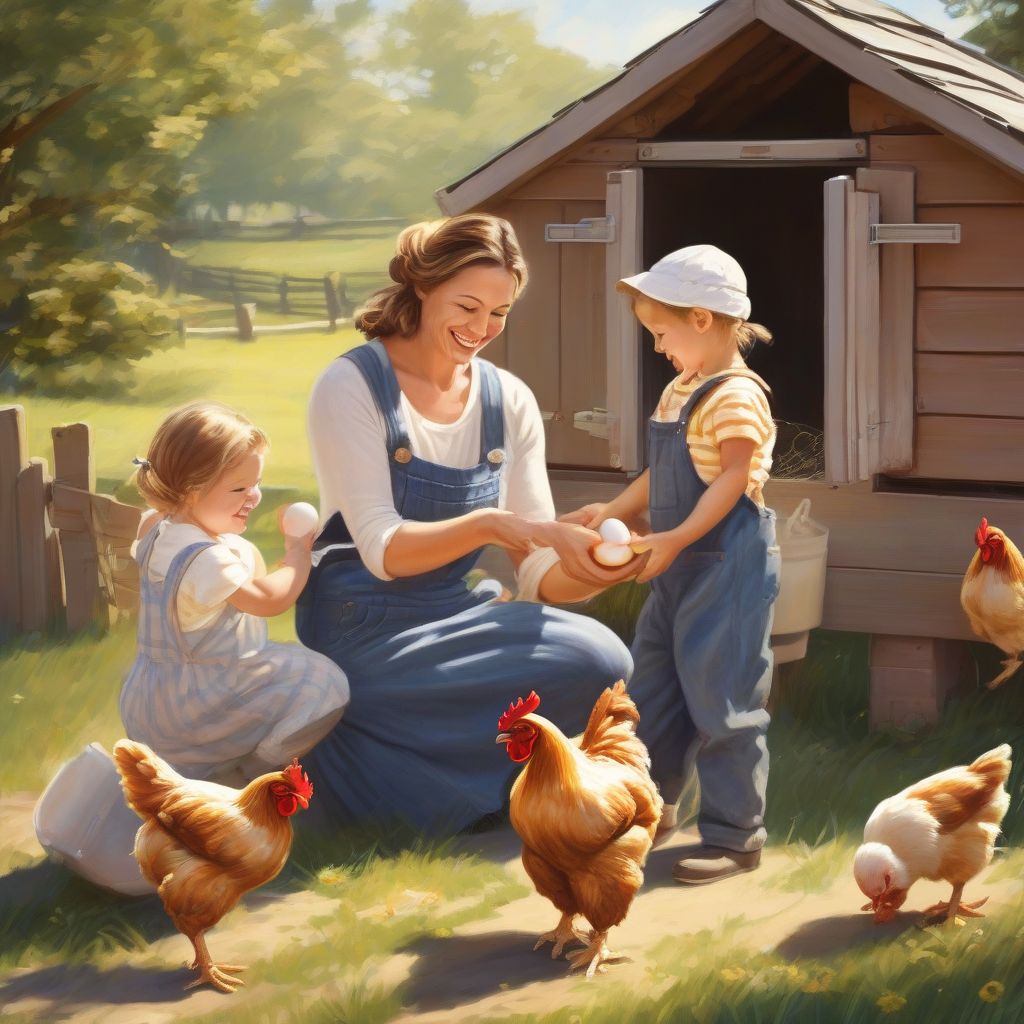The term “farmer’s wife” often evokes an image of a hardworking woman in overalls, tending to the fields alongside her husband. While this image holds true for many, the role of a farmer’s wife extends far beyond the fields. She’s the backbone of the farm, a silent partner, and a pillar of strength for her family and the farm community. This article delves into the multifaceted life of a farmer’s wife, exploring her contributions, challenges, and the evolving nature of this significant role.
More Than Meets the Eye: Understanding the Farmer’s Wife
The farmer’s wife is often the unsung hero, tirelessly working behind the scenes to ensure the smooth operation of the farm and the well-being of her family. Her responsibilities are diverse and demanding, often requiring her to wear multiple hats throughout the day.
The Many Hats of a Farmer’s Wife
1. Farmhand: From operating machinery and tending to livestock to planting crops and managing finances, a farmer’s wife often takes on hands-on roles in the daily operations of the farm.
2. Homemaker: Maintaining a home, raising children, and putting food on the table are traditional responsibilities that often fall on the farmer’s wife, requiring exceptional time management and homemaking skills.
3. Bookkeeper: Managing finances, tracking expenses, and handling paperwork are crucial aspects of running a farm, and the farmer’s wife often takes charge of these essential tasks.
4. Community Pillar: Farmer’s wives are active members of their rural communities, participating in local events, supporting neighbors, and fostering a sense of belonging.
 Farmer's wife and children
Farmer's wife and children
Addressing the Challenges: A Farmer’s Wife’s Reality
Despite the rewards, the life of a farmer’s wife comes with its own set of challenges. Long working hours, unpredictable weather, fluctuating markets, and social isolation are just a few factors that can impact their well-being.
Common Questions and Concerns
1. How do farmer’s wives manage stress and isolation? Building strong support networks within their families, communities, and online groups can provide emotional support and a sense of connection.
2. How can farmer’s wives find time for themselves amidst demanding schedules? Prioritizing self-care, even if it’s just a few minutes each day for a relaxing activity, is crucial for maintaining physical and mental health.
3. What resources are available to support farmer’s wives and their families? Numerous agricultural organizations, government agencies, and online communities offer resources, support groups, and educational opportunities tailored to the needs of farm families.
Evolving Roles: The Modern Farmer’s Wife
The role of the farmer’s wife continues to evolve alongside the agricultural landscape. Many women are now taking on leadership roles on the farm, pursuing higher education in agricultural fields, and advocating for policies that support farm families.
Embracing Technology and Innovation
Technological advancements have significantly impacted the way farms operate, and farmer’s wives are at the forefront of embracing these changes. From precision agriculture tools to online marketing platforms, they are utilizing technology to improve efficiency, productivity, and profitability.
Advocating for Change
Farmer’s wives are becoming increasingly vocal about the challenges facing rural communities and the agricultural industry. They are advocating for policies that support family farms, promote mental health awareness in agriculture, and ensure the sustainability of rural life.
Conclusion: Celebrating the Strength and Resilience of the Farmer’s Wife
The farmer’s wife is an essential thread in the fabric of agriculture, contributing significantly to the success of the farm, the well-being of her family, and the vitality of rural communities. Understanding the challenges they face and celebrating their strength, resilience, and unwavering dedication is crucial for ensuring the continued success of family farms for generations to come. For further information and resources for farm families, explore reputable agricultural organizations and government websites.